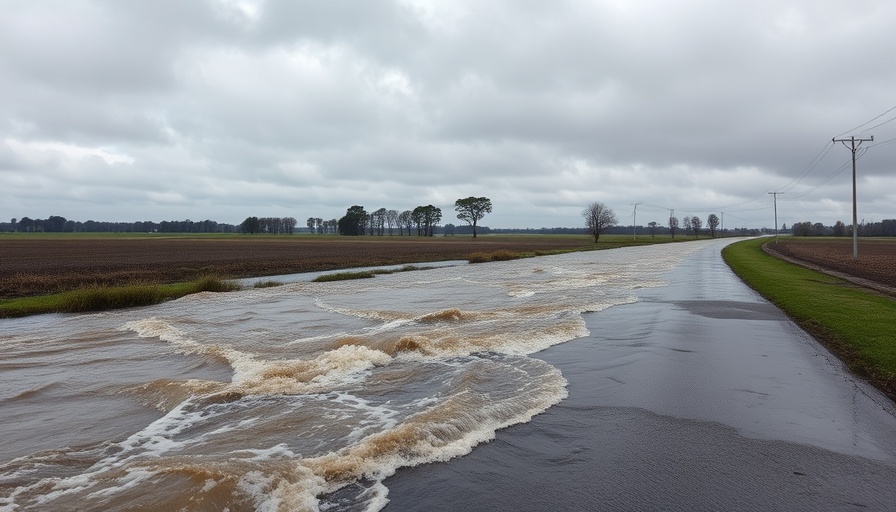
Understanding the Forecasting Dilemmas After Central Texas Flooding
Recent flooding in Central Texas has not only devastated communities, but it has also highlighted significant challenges in weather forecasting and emergency response. Experts have begun to share insights into the limitations of current forecasting technologies and methodologies. As climate change intensifies weather events, understanding these challenges is crucial for local governments and communities.
The Intersection of Climate and Infrastructure
The recent extreme weather patterns, increased rainfall, and subsequent flooding have exposed vulnerabilities in urban planning, especially in areas like Central Texas that are prone to sudden weather shifts. Urban infrastructure—roads, drainage systems, and flood control mechanisms—has often been designed based on historical weather data that may no longer be reliable. As communities rebuild, there’s an urgent need to design resilient infrastructure that can withstand future floods, factoring in predictions of increased rainfall.
Expert Opinions on Forecasting Accuracy
Experts emphasize that while weather forecasting technology has advanced, the unpredictability of severe weather events still poses a narrative of uncertainty. For instance, the National Weather Service has expanded its models to include real-time data and sophisticated analytics; however, gaps remain in translating this data into actionable measures for local governments. There’s a pressing need for collaboration between meteorologists and city planners, ensuring that forecasts lead to relevant and timely actions to mitigate flood risks.
Lessons from Other Flood-Prone Areas
In reviewing approaches taken by other U.S. cities, such as New Orleans post-Katrina and Houston following Hurricane Harvey, a pattern emerges: resilient designs and strong communication channels are vital. Communities that invested in long-term solutions, such as enhanced green spaces for water absorption and improved public transit routes that are not affected by road closures, fared better during disasters. These insights underline the importance of preliminary investments in both infrastructure and community education tailored to impending weather risks.
The Role of Community Engagement in Disaster Preparedness
For any community, understanding the local landscape of both environmental risks and available resources is paramount. Engaging residents through workshops and informational sessions can enhance disaster preparedness. Furthermore, empowering neighborhoods to unite under local councils can facilitate better communication and create a comprehensive disaster response that involves real-time monitoring through apps or community hubs.
Potential Legislative Impacts
The Texas legislature is anticipated to play an outsized role in addressing these challenges by potentially increasing funding for local government initiatives aimed at improving forecasting and flood preparedness. As public discussions continue regarding city council decisions focused on infrastructure updates and emergency services, residents should remain informed about upcoming regulations that could impact community safety.
Future Trends in Weather Prediction
As technology evolves, it’s crucial to remain vigilant regarding its applications in emergency management. The integration of Artificial Intelligence and machine learning could offer promising advancements in predicting weather patterns and modeling flood risks. As we move further into an era of unpredictable weather, close attention must be paid to upcoming technologies and their capacity to enhance forecasting reliability.
In summary, the recent flooding challenges in Central Texas underscore the critical need for improved forecasting models, resilient infrastructure, and active community engagement. As the landscape of climate risk evolves, so too must the strategies we utilize in preparation and response.
For those interested in staying informed about local politics, community outreach, and public safety initiatives in your area, please stay engaged with local news sources for real-time updates.
 Add Element
Add Element  Add Row
Add Row 



Write A Comment